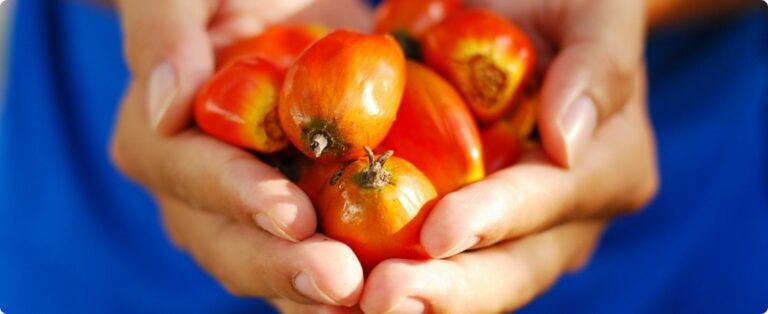It is at harvest that we check whether all the operations that the producer carried out during the soybean development cycle, from choosing the seeds and preparing the soil for planting, were well planned. If all stages were handled properly, the harvesters' chances of extracting maximum productivity when entering the fields greatly increase. The same is expected of the health condition of plants and grains. “When we think about diseases, Asian rust is the most worrying at the end of the soybean cycle. When installed, at this stage it has already evolved, it has had time to multiply, which is why constant monitoring of the crop is very important. It is still a difficult phase to manage the disease because, with the lines closed, it is much more complicated to get a fungicide to the lower thirds of the plants”, explains João Paulo Marinho, Soy Marketing Consultant at BASF.
The resources that Brazilian producers spend to control diseases, and especially rust, a fungal disease that is one of the main problems of soybean farmers, is in the billions of dollars, adding up the investment in fungicides, equipment, labor, and losses caused to the crop. And the bill can always be higher if the necessary measures are not taken in a timely manner. According to Marinho, those who were unable to manage crops efficiently from the beginning are certainly already accounting for greater losses, due to the drop in productivity. “It is extremely important that fungicide applications are carried out correctly now at the end of the cycle to avoid even more losses”, says the consultant.
There are a series of reasons that prevent soybean farmers from using fungicides at the right time, such as excess or lack of rain and even a technical problem with the machinery. Hence the importance of having very well-defined planning, as it helps to avoid or alleviate this type of situation. But in this final stretch, no one can be careless. “All producers must monitor and decide whether to make these latest applications, even those who have been careful from the beginning and have been protecting their crops, following recommendations for efficient management”, advises Marinho. “Or they could put at risk all the work done so far, such as respecting the fungicide application interval, using the correct dosage, rotating modes of action, taking care of application technology, among other measures. ”
However, for this stage there are recommendations that help to reduce and control the strong impact of rust. One of them is the fungicide Versatilis®, which prevents the spread of the disease and helps the crop to have a better yield. In technical evaluations, crops treated with the product had an average increase of 2.5 bags per hectare, compared to the standard farm treatment. Due to its active ingredient fenpropimorph, a morpholine, the fungicide helps in the management against rust resistance.
Another recommendation for combating rust in the final period of the harvest is the Status® multisite fungicide, which works to block different points and phases of the fungus' development. This characteristic also greatly helps in managing disease resistance. The gains in management with Status® also come from the low dosage and the excellent, longer-lasting foliar coverage, a result of its differentiated formula.
The joint action of Versatilis® and Status® brings great benefits to the farmer, in these, the latest applications of efficient management against rust in soybeans. This integration of products, associated with correct technical guidance on the best management of crops, guarantees superior results in this phase, as a perfect association is obtained between a systemic product that acts in the growth phases of the fungus and another that protects the plants against fungus penetration.
Source: agrolink | Author: AGROLINK WITH INF. ADVISORY















